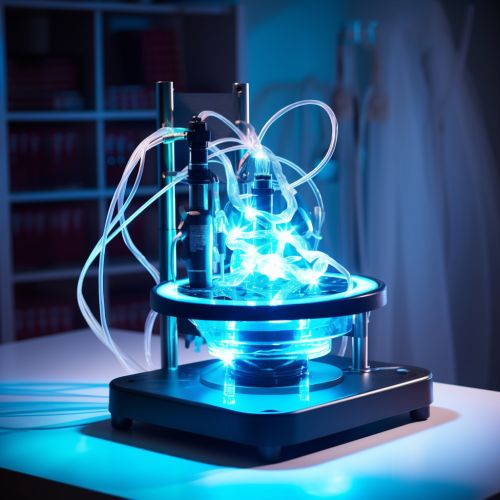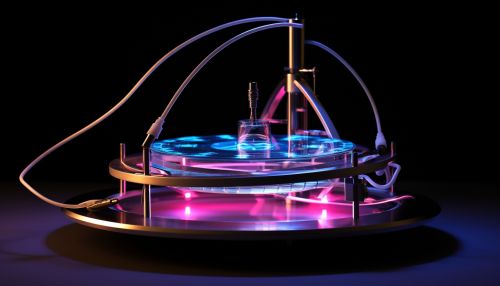Low-Temperature Plasma in Medicine
Introduction
Low-temperature plasma (LTP) is a state of matter distinct from solids, liquids, gases, and high-temperature plasma, characterized by its low temperature and high reactivity. In the field of medicine, plasma technology has been increasingly recognized for its potential in various applications, from sterilization and disinfection to wound healing and cancer treatment. This article provides a comprehensive overview of the role and applications of low-temperature plasma in medicine.


Plasma Physics and Low-Temperature Plasma
Plasma, often referred to as the fourth state of matter, is an ionized gas consisting of free electrons, ions, and neutral particles. Unlike high-temperature plasma found in stars and fusion reactors, low-temperature plasma is not in thermal equilibrium. The electron temperature in LTP is much higher than the temperature of heavy particles (ions and neutrals), which remains near room temperature. This unique property allows LTP to interact with biological materials without causing thermal damage, making it suitable for medical applications.
Generation of Low-Temperature Plasma
Low-temperature plasma can be generated using various methods, including direct current (DC), alternating current (AC), radio frequency (RF), and microwave (MW) discharges. The choice of method depends on the specific application and required plasma properties. For instance, DC discharges are often used for surface treatments, while RF and MW discharges are commonly used in plasma medicine due to their ability to generate uniform plasma at low pressures.
Applications of Low-Temperature Plasma in Medicine
Sterilization and Disinfection
One of the earliest and most widespread uses of LTP in medicine is for sterilization and disinfection. Low-temperature plasma can effectively inactivate a wide range of microorganisms, including bacteria, viruses, and spores, without damaging the material being sterilized. This is particularly useful for heat-sensitive medical instruments and devices.
Wound Healing
Recent studies have shown that LTP can promote wound healing. The plasma-generated reactive species can stimulate the migration and proliferation of skin cells, enhance blood circulation, and modulate the immune response. Moreover, the antimicrobial properties of LTP can prevent wound infections, further promoting the healing process.
Cancer Treatment
Low-temperature plasma has shown promise as a novel cancer treatment. Plasma can induce apoptosis (programmed cell death) in cancer cells without harming healthy cells. This selective cytotoxicity is attributed to the generation of reactive oxygen and nitrogen species (RONS), which can cause oxidative stress and DNA damage in cancer cells.
Future Perspectives
While the applications of low-temperature plasma in medicine are promising, the field is still in its early stages. Further research is needed to fully understand the mechanisms of plasma-cell interactions and to optimize plasma parameters for different applications. Moreover, the safety and efficacy of plasma treatments need to be validated in clinical trials.
